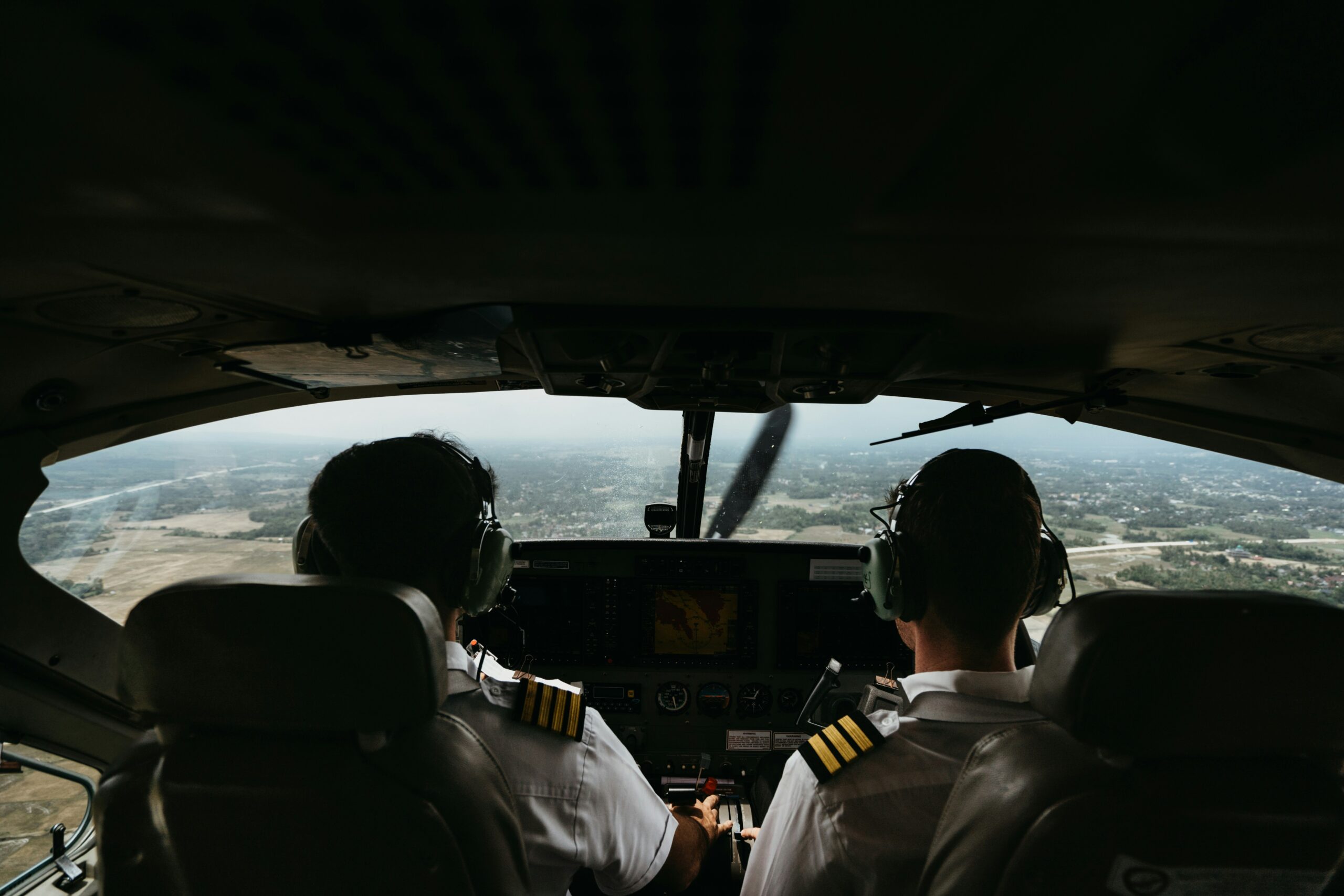
When most people think of commercial pilots, they often imagine a glamorous career filled with adventure, high salaries, and travel perks. While there’s some truth to that perception, the business behind the cockpit tells a more complex story. Today’s commercial pilots are not only responsible for safely navigating aircraft through unpredictable skies, but they also operate within a high-pressure environment driven by financial efficiency and strict regulatory compliance. Balancing these responsibilities requires skill, focus, and an understanding of the broader aviation industry.
Flying Through a Financial Framework
The aviation industry is one of the most capital-intensive sectors in the world. Airlines invest millions in aircraft, fuel, maintenance, and staffing. Pilots, as frontline operators, must work within this financial ecosystem. Every flight is a part of a larger cost equation. From flight planning to fuel efficiency, pilots contribute directly to how much a flight will cost the airline.
Pilots are trained to consider fuel burn, time efficiency, and aircraft wear and tear when flying. Decisions like choosing the best altitude, calculating the shortest route, and even adjusting the speed can have significant financial implications. Although much of the route planning is handled by dispatchers, pilots still make real-time decisions that can reduce operational costs without compromising safety. For example, a pilot may request a different flight level to avoid headwinds and save fuel. These micro-decisions, when multiplied across hundreds of flights daily, can lead to major savings for airlines.
The Cost of Safety and Training
One of the largest ongoing expenses for any airline is pilot training and certification. Safety is the cornerstone of aviation, and pilots undergo continuous training to stay current with evolving technology, regulations, and procedures. Simulators, classroom instruction, and check rides are just part of the regular routine. This training is not just about keeping licenses up to date; it’s a critical investment that ensures pilots can respond to emergencies, operate advanced avionics, and adapt to new aircraft models.
However, this high level of preparedness comes at a price. Airlines spend thousands of dollars per pilot annually to meet training standards. Pilots themselves often carry a financial burden early in their careers, paying for their initial flight school education and certifications. This cost barrier can discourage entry into the field, which has contributed to recent pilot shortages in various regions.
Regulatory Compliance: A Flight Path of Rules
Navigating the skies isn’t just about reading instruments and managing engines—it’s about adhering to an intricate web of national and international regulations. The Federal Aviation Administration (FAA) in the United States, along with the International Civil Aviation Organization (ICAO), oversees how commercial flights are conducted. From duty time restrictions to maintenance protocols, every aspect of a flight is subject to regulatory scrutiny.
For pilots, this means flying by the book, literally. Regulations dictate how long they can be on duty, how many hours they can fly in a week, and how much rest they need between shifts. These rules are in place to prevent fatigue and ensure safety, but they also affect airline scheduling and profitability. Pilots must maintain meticulous records, follow standard operating procedures, and undergo regular checks to ensure compliance. A single violation can lead to penalties for the airline and serious consequences for the pilot’s career.
The Pressure of Profit and Performance
Despite the focus on safety and compliance, airlines are still businesses aiming to make a profit. Pilots, therefore, operate at the intersection of public safety and company performance. They must maintain punctuality, meet passenger expectations, and adapt to unexpected disruptions like weather delays, mechanical issues, or air traffic congestion.
This pressure has only increased with the rise of low-cost carriers, where tight turnaround times and high flight frequencies are common. Pilots often work under the clock, ensuring that the aircraft departs and arrives on time. Every delay costs the airline money, whether it’s in fuel, missed connections, or crew overtime. Yet, despite these financial pressures, pilots cannot cut corners. Safety and regulations always take precedence, making the balancing act more challenging.
Technology’s Dual Edge
Modern aircraft are equipped with sophisticated technology designed to assist pilots in managing cost and compliance. Automated systems can monitor fuel efficiency, optimize routes, and track maintenance needs. Flight management systems help pilots maintain ideal flight parameters, while real-time communication with airline operations centers ensures up-to-date decision-making.
However, this technology also comes with its own set of challenges. Pilots must be constantly trained on new systems, and the risk of overreliance on automation is a growing concern in the industry. The human factor remains irreplaceable, especially when systems fail or unpredictable events occur. Pilots must stay sharp, not just as operators, but as decision-makers who can override automation when necessary.
The Future of Piloting in a Cost-Conscious World
As aviation continues to evolve, commercial pilots are likely to face even greater emphasis on cost control and regulatory adaptation. Environmental concerns are pushing for more fuel-efficient practices, and technological innovations are reshaping flight operations. Airlines are under constant pressure to reduce emissions, and pilots are now part of that mission, using techniques like continuous descent approaches and single-engine taxiing to reduce fuel usage.
Still, amid all this change, one thing remains constant: the pilot’s role as a guardian of safety. While financial and regulatory pressures shape their work, pilots continue to uphold the highest standards of professionalism and care. They not only steer aircraft across continents but also navigate the complex skies of business and compliance, making each flight a testament to precision, responsibility, and resilience.